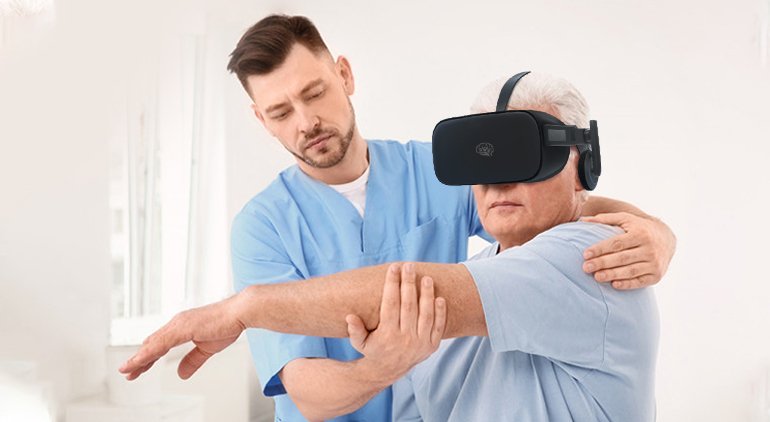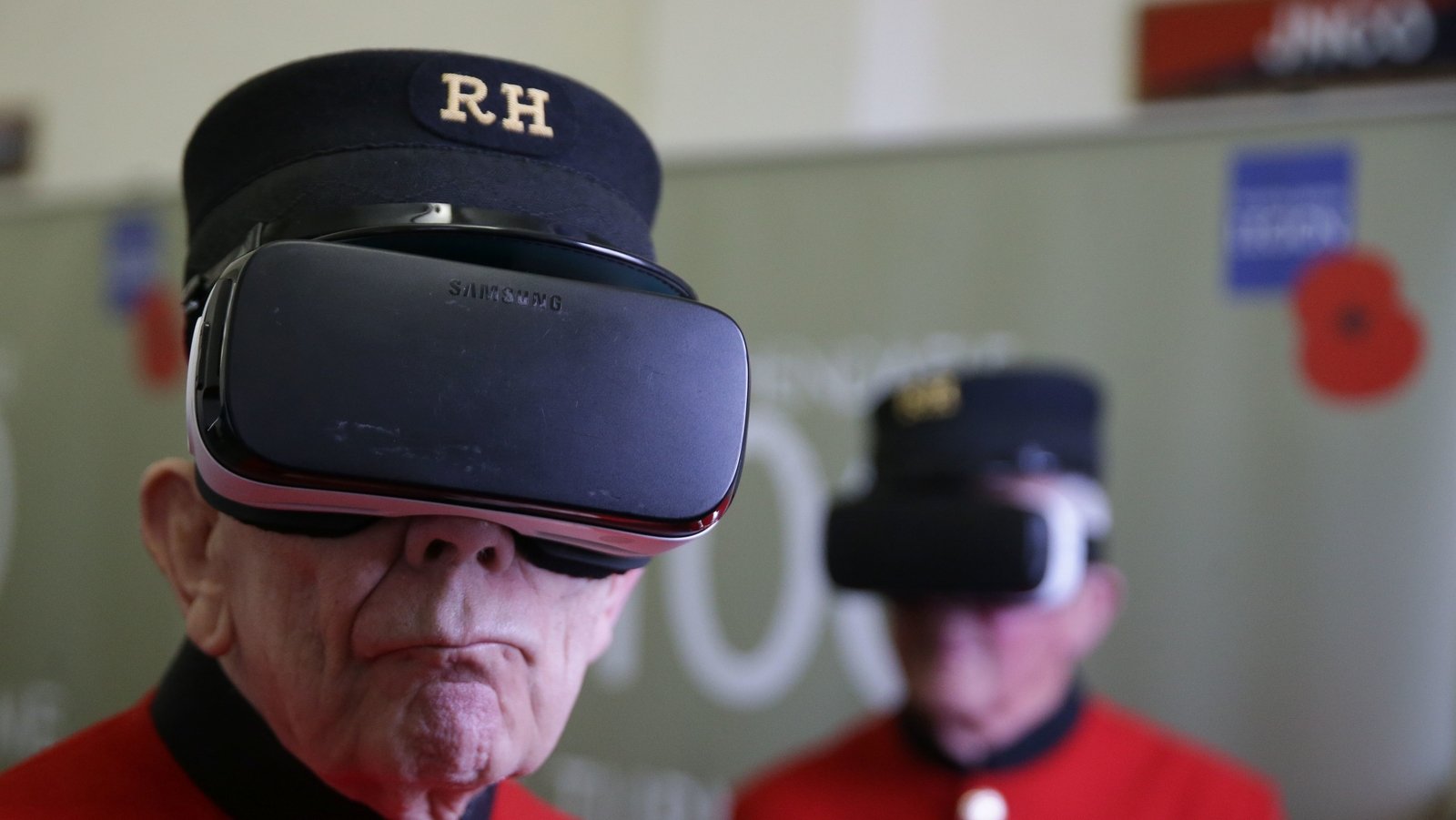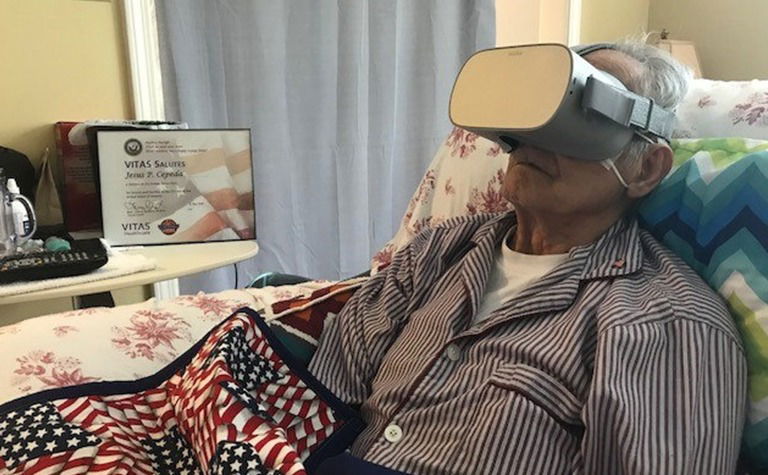
Virtual Reality (VR) Technology used as an alternative reality in games, training, medicine, education, any field can actually make use of virtual reality and laminate. Virtual reality is becoming more and more accessible to everyday people, and now anyone can purchase virtual reality glasses and suddenly enter a world where there is complete control and no consequences.
Virtual reality technology is not only useful for gaming. It has proven virtual reality to help a variety of applications, from military training activities to treat anxiety disorders and phobias to functioning as an art form. Another application where virtual reality shows great promise is stroke recovery.
Virtual reality has emerged as a fresh approach to dealing with stroke rehabilitation situations over the last ten years. By simulating real-life activities, stroke patients can work on self-care skills in an environment that is usually impossible to create in a hospital setting.

There are two main types of VR:
Abrasive
In fascinating VR, the virtual environment delivered by user-worn equipment (such as sunglasses) or the person is in a virtual environment. This full immersion system gives the user a strong sense of presence through head-mounted displays, special gloves and large, concave screen projections to create the immersion feeling.
Not sunk
Non-immersed VR is usually 2D and delivered through a computer screen. The user can control what is happening on the screen using a device such as a joystick, mouse or sensor.
After a brain event, mass practice, task-oriented upper and lower limb task training can help the brain "reprogram" itself and create new neural connections. These new connections trigger recovery of motor skills among patients following a brain event. Therefore, VR may be beneficial for increasing upper and lower limb rehabilitation in patients having stroke and other neurological injuries.
In some studies, therapists manipulated the image on the screen to make the patient's body appear faster and more accurate than it was in actual life. Doing so increased the patient's confidence and made it more likely to use the affected limb spontaneously. Spontaneous use of the injured limb can help the limb to recover more fully.

Virtual Reality for Stroke Recovery is the only virtual restoration system in the world focused on ADL (daily life activities). The proprietary platform specifically designed to engage clients with physical and cognitive challenges associated with daily functional activities. Besides interacting with meaningful tasks daily, the Virtual Reality for Stroke Recovery uses an on-screen virtual assistant to educate and facilitate performance by providing real-time feedback.
Virtual Reality for Stroke Recovery ADL-focused virtual world provides customers with real-life challenges. Users will combine their defective upper limb to perform simulated self-care tasks that include the collection, transfer, and maneuvering of virtual objects.
Why Virtual Reality for Stroke Recovery?
This is the only virtual system available that focuses on real-life self-care tasks.
Come and practice repetitive movements with fun and motivating activities.
The activities are customizable to the individual client to maximize success and results.
We can adapt ADL tasks to challenge endurance, speed, range of motion, coordination, timing and cognitive demand.
This includes a clinical provider dashboard to show customer performance and participation trends.
It graphically displays reports for easy viewing.
The future of stroke rehabilitation in virtual reality
Virtual Reality for Stroke Recovery is here to stay, and we probably only scratched the surface of its medical applications. It has a powerful effect on those who have had a stroke. Stroke survivors take advantage of how VR enables them to practice much-needed routine activities, create new brain connections, and build their confidence. With more and more survivors returning their limbs using this technology, the future of VR in stroke recovery looks bright.
All content provided on this blog is for informational purposes only and not intended as a substitute for professional medical diagnosis, diagnosis or treatment. Always consult your doctor or other qualified health care provider with questions you may have about a medical condition.
You should also check out the following articles:
- Apple has a job opening for a "Next-Gen" AR/VR Engineer.
- Cisco and Google have teamed up to help shape the future of hybrid work.
- Will Elon Musk implant chips in humans in 2023 ?
- According to reports, Apple's AR/VR headset will be available in 12 months and will be more powerful than a Mac.
A meta market opportunity: The metaverse could soon be worth $1 trillion
- We expected apple to be a "game changer" in Augmented Reality, according to Morgan Stanley.
- The'metaverse' was predicted in this 29-year-old book, and some of Facebook's plans are eerily similar.
- Metaverse’s Cryptocurrency Leaps in Price After Facebook Rebrands as Meta
- Bill Gates predicts work in virtual space in two years
- Real money for virtual land The metaverse's new gold rush
Subscribe now to our YouTube channel
Subscribe now to our Facebook Page
Subscribe now to our twitter page
Subscribe now to our Instagram
Subscribe To my personal page on linkedin
Subscribe To my personal page on tiktok page for those who love to dance :)
Want to know what else is going to be in the coming years? Follow me. Follow the future. Sign up for my friend's letter.
Invite Friends & You Both Get Up To US$100
Introduce your friends to the easiest way to get things done



